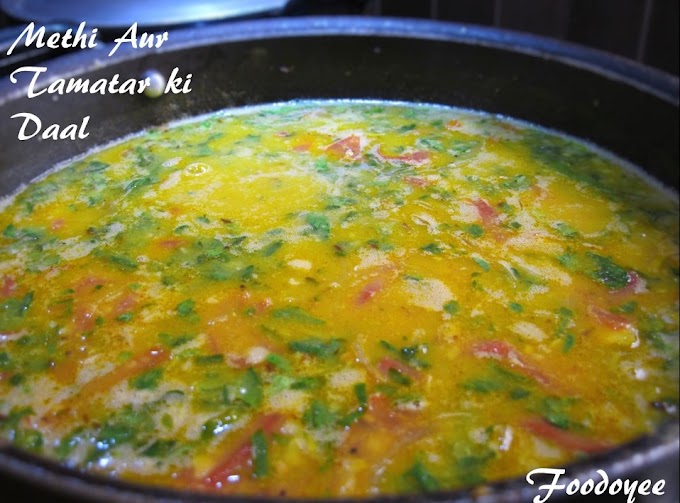Deepawali or Diwali!! whatever you call it, it is that time of the year where everyone goes all out!! on everything.. from cleaning their homes to gifting friends and family!!
Sooji Shells are popularly known as Gavvalu in south India and there is a special tool to make them. The word "Gavvalu" means shell , like a sea shell those small little ones we see at a sea shore or a beach. This tool known as Gavvala chakka is easily available in many small shops. It is as small wooden stick with deep carvings that help us form the shape we desire.
Last few days have been mad for us.. just in the kitchen.. :P. Making lots of stuff for our Diwali goodies bag. We have finally arrived at a good point where we have some super yummy things. I will share the recipes of all of them one by one! a promise!!
This particular snack is so easy to make and yet looks so complicated ! Gavvalu means,
How to make the Sooji shells?
- Sooji /Rava - 1 cup
- APF / Maida - 1 table spoon
- Kasuri Methi - Optional 1 table spoon
- Salt
- Oil
- Water for kneading.
How to make Sooji Shells?
Step 1: Let us make the dough, in a wide bowl take about 1 cup of sooji and a table spoon of Maida , add crushed kasuri methi, salt and mix the dry ingredients really well add a spoon of oil and mix them all over again (it is all still dry)
Step 2: Add water little at a time, literally little at a time and keep kneading and make a dough that is nice and thick. Leave it to rest for about 30 minutes and knead it again for about 2-3 minutes.
Step 3: Make small balls of the dough and the next step is really cool. I suggest you make all the little balls at once if you are doing this alone, you can then make the shells and start frying them.
Step 4: Is making the shells, this is a special tool known as Gavvalu maker. Hold it in your hand, put the sooji ball and just press and slide, it will fold nicely and come into the shape of a shell. make all the shells and we.'' fry them and there you have beautiful shells.
This is how the Gavvala chakka is used:
If you do not have this tool, you can use a fork as shown in this video.









0 Comments